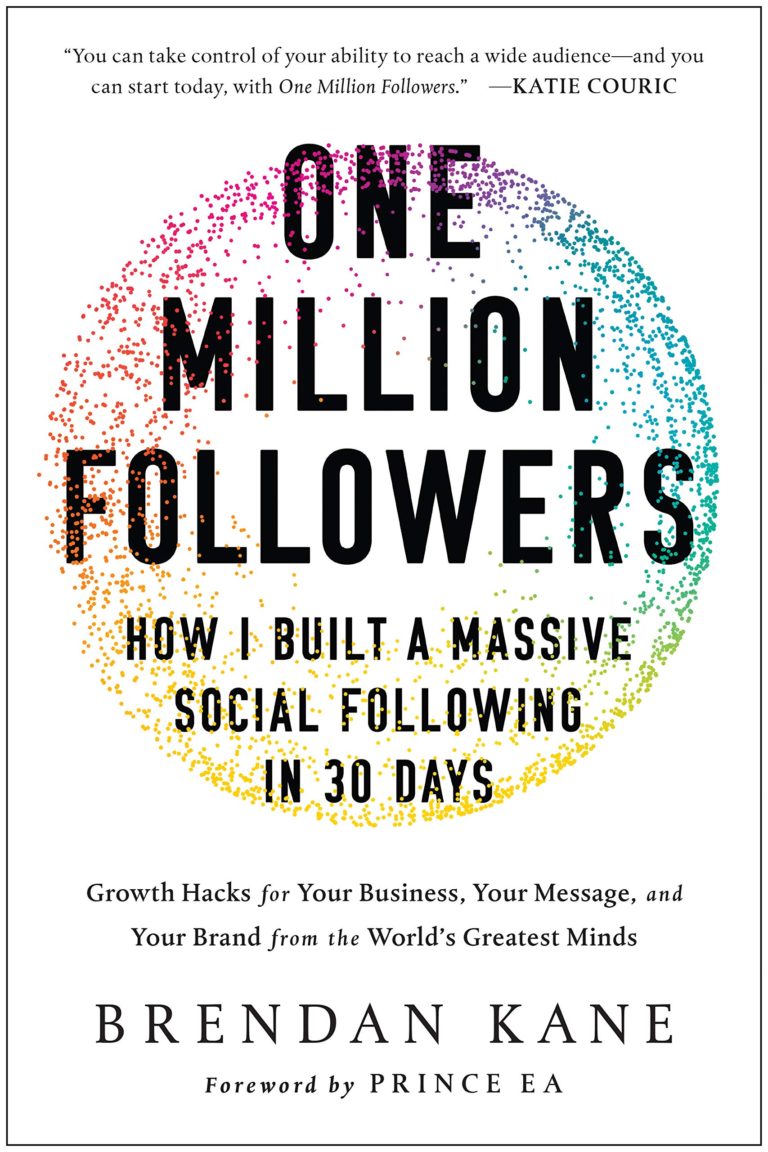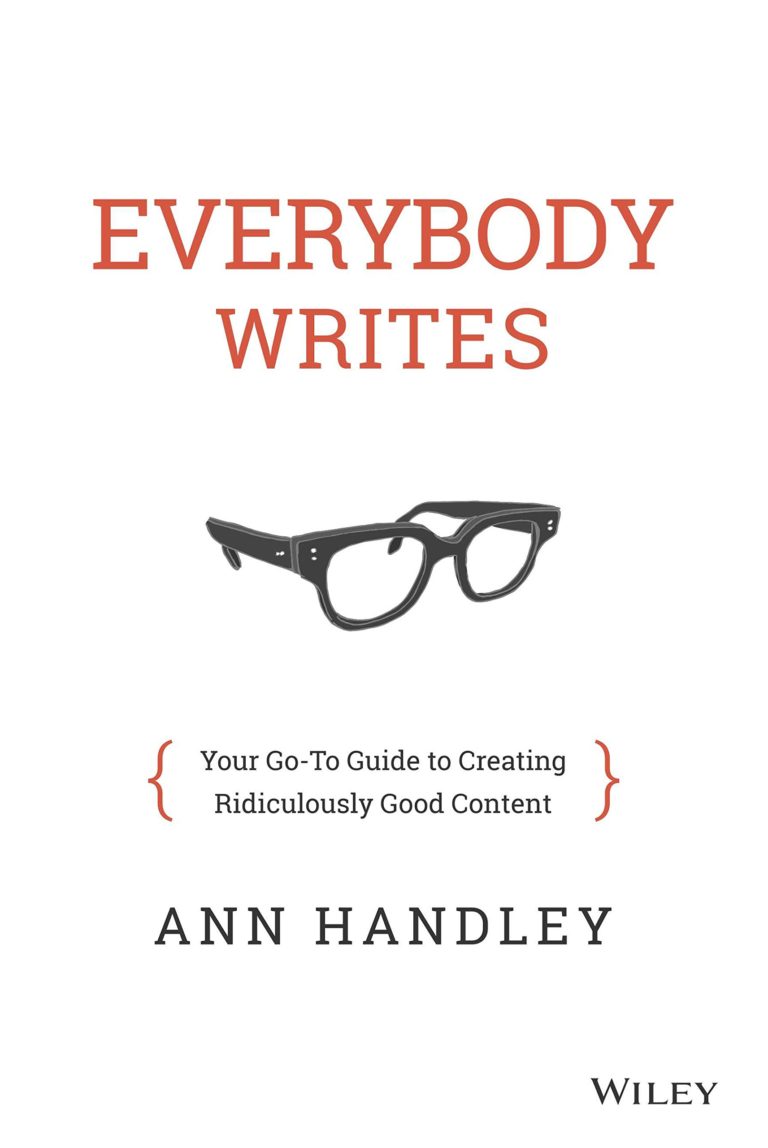Claude Hopkins Scientific Advertising Book rating on a 1-to-100 scale (Narrated by Paul Jones)
Narration
Clarity of Speech
How clear and understandable was the voice?
Most of the time it is clear and understandable, but since I also had the PDF version I know that some words were misread. 4/6
Fluency
Were there any gulps, voice jumps? Recording interruptions? The higher the score – the less interruptions. 7/7
Expressing Emotions
How much does it sound as if the narrator was really there?
How attached is he to the sentiment in the story?
And how well does he transfer the emotion to the reader?
It is read well, with expression, but it feels quite bland and a bit robotic. Maybe it’s because of the style of the book itself however and not the narration…
5/7
Plot
Is there a storyline? How connected is one Idea to the one before it?
Answer: It surely doesn´t feel like a story, and many of the principles could be interchanged in their order, although a main scientific theme is felt throughout the book (A marketing book is not expected to have a storyline so I will not rate this one.) N/a.
Heading Distribution
When I read the heading, can I recall the contents? ( The audio version has no headings- it simply reads the number of the chapter. So I refer to the PDF version. )
Answer: For the most part 8/10
Chapter 1: How Advertising Laws are Established
Chapter 2: Just Salesmanship
Chapter 3: Offer Service
Chapter 4: Mail Order Advertising – What It Teaches
Chapter 5: Headlines
Chapter 6: Psychology
Chapter 7: Being Specific
Chapter 8: Tell Your Full Story
Chapter 9: Art In Advertising
Chapter 10: Things too costly
Chapter 11: Information
Chapter 12: Strategy
Chapter 13: Use of Samples
Chapter 14: Getting Distribution
Chapter 15: Test campaigns
Chapter 16: Leaning on Dealers
Chapter 17: Individuality
Chapter 18: Negative Advertising
Chapter 19: Letter Writing
Chapter 20: A Name That Helps
Chapter 21: Good Business
Drive For Implementation
How much does the book push you to apply it’s contents?
Visuals
Does it use images or other resources to transfer it’s message?
Answer: Nope. 0/6
Direct Calls to Action
How often does the author prompt you to apply the ideas in the book?
Answer: It doesn’t feel that he pushes us to apply directly, perhaps because I’m reading it as a content creator and not an “Advertiser” and in 2022 when the book was first published in 1923. 2/6
Providing Actual Specific Details
Can you actually apply the Ideas in the book without additional resources?
Answer: We could apply some, like headlines, salesmanship. But many principles are just good for opening our minds to continue our research in more specific sources. 3/7
Examples
How often are examples provided to explain a point, and how well do they portray the ideas?
Answer: There were no complete example stories like in the 22 immutable laws of marketing, but there were quite enough examples to understand everything. 16/20
Content
How interesting/useful was the content?
Answer: The practical approach he presents is a great mindset to acquire. But this approach requires some thought and interpretation to apply in the current day and in content marketing in particular 20/30
Final Rating

Narration – 15/20
Plot – N/a
Heading Distribution – 8/10
Drive for Implementation – 5/20
Examples – 16/20
Content – 20/30
Final Rating – 64/100
P.S. Here’s the main blog post, with advice for content creators that I’ve curated from the book.
Related Articles

Ogilvy on Advertising – 5 Things I applied and How you can too
5 Things you could actually, truly apply (as a content creator) from the lessons of David Ogilvy’s book – Ogilvy on Advertising (1985) Note: The book

One Million Followers – 7 Tips from 7 Proven Social Giants
7 Superstar content creators/manager’s tips of the many in the book One Million Followers by Brendan Kane !Disclaimer – The 2 book links in the

Everybody Writes – 7 Blog Tips For Your Next Blog Post
7 of the best tips from the book Everybody Writes (In my opinion) to actually apply in your next blog post. Animated Summary 1. Write